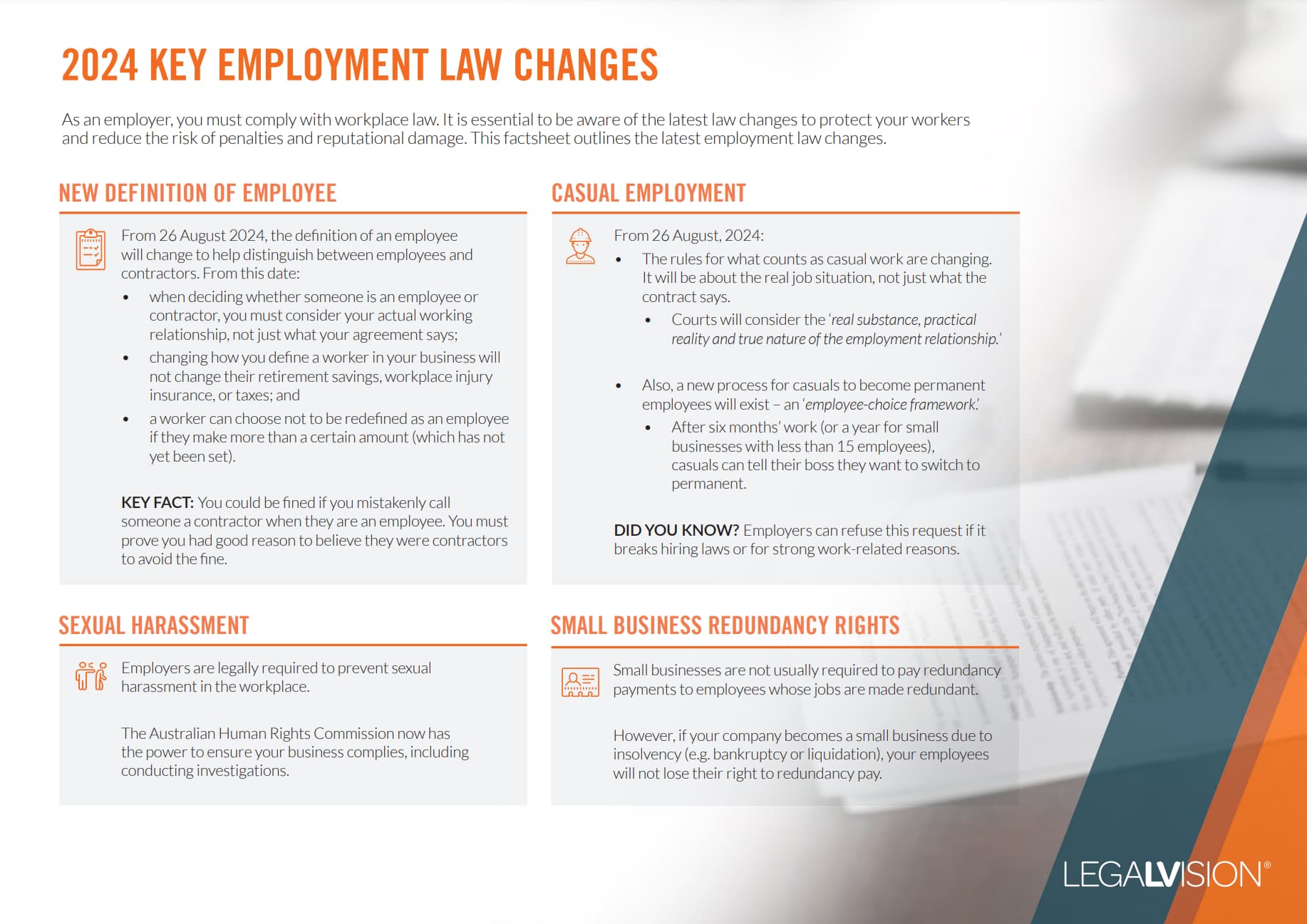A deed of release is a concise, legally binding document that parties use to resolve a dispute or end some form of agreement between them. In other words, a ‘release’ is a discharge of obligations. This article will explain how a deed of release works and what rights and responsibilities you are signing away.
Deed of Release
Your business may need a deed of release to end a dispute or agreement. It ensures that no party can carry on with the dispute or agreement. For example, you might resolve a commercial dispute with another party and sign a deed of release. The deed ensures the other party cannot issue legal proceedings against you in the future for the same dispute.
Alternatively, if you are an employer, you may want a departing employee to sign this agreement to agree that they will not make any employment claims against you once they have gone. Overall, whatever its form or purpose, a deed of release will provide certainty and clarity as to how an agreement or dispute should end.
Types of Release
Your business can use a deed of release in different ways, such as:
- resolving a commercial dispute, often in conjunction with a deed of settlement;
- in relation to an employment contract. An employer may give an employee a deed of release as part of a redundancy or other termination agreement or as part of a settlement of a dispute between them;
- ending a personal guarantee. Often, the only way to end a personal guarantee and escape the liability it imposes is with a deed of release;
- terminating a loan or credit agreement. Often, the only way to finalise a mortgage or other finance agreement is with a deed of release.
Mutual Release
A common feature of a deed of release is a mutual release. It involves both parties agreeing to release each other from all:
- future claims;
- demands;
- debts; or
- other actions as relevant.
Alternatively, the agreement may state that only one party is released from certain obligations or liabilities, such as a clause that restrains that party’s future employment or trade.
Signing a Deed of Release
You and the other party must sign or execute the deed correctly to ensure the deed is valid and enforceable. It is important that:
- someone who is not part of the deed witnesses your signatures;
- companies execute the deed according to the rules for companies, with the correct number of directors and possibly the company secretary;
- there are enough copies for each of the parties involved to sign;
- one party signs all copies of the deed and then passes that signed copy to the other party for signature. The deed may allow the parties to sign by ‘counterpart’. Accordingly, parties can sign separate but identical copies of the same deed, forming a single binding document together. It is common for parties to scan and forward copies of the deed to other parties by email. The parties exchange these counterparts electronically with original signed copies sent later by post; and
- you keep printed copies of the deed in a safe place.
Risks of Signing a Deed of Release
Although the agreement provides certainty about the end of a dispute or agreement, it can also limit your legal rights in a matter. A release typically prevents you from pursuing further legal claims about the dispute or agreement, even if new evidence or information emerges. Essentially, you are waiving your rights to future claims.
If the release involves a monetary settlement, you may be restricting your ability to claim further funds owed, and this monetary settlement will usually be the maximum amount you will be entitled to in relation to the dispute or agreement. For example, you might settle a debt dispute by agreeing that the other party pays you a certain sum of money. In this case, a deed of release may restrict you from claiming against that party for further sums, even if you believe they owe you.
Sometimes, the wording of a deed of release may be vague or overly broad in scope. Likewise, you may inadvertently sign away rights and claims beyond what was intended or agreed between the parties. However, once you execute the agreement, your rights to appeal, overturn or invalidate the deed of release can be limited under the law.
Further, the deed of release may impact your commercial relationship and negotiating power with the other party if you continue to work together.
Breaching the Agreement
If the other party breaches the deed of release, you can recover compensation if the breach causes your business some loss.
In an employment context, if an employee breaches a confidentiality clause, you may be able to obtain court orders to prevent further misuse or disclosure of information. You may also be able to get compensation for any losses relating to the misuse of information.

As an employer, it is essential to understand what employment laws have changed and their implications for your business — particularly the changes to the Fair Work Act 2009 through the new Closing the Loopholes legislation.
Key Takeaways
A deed of release is essential to finalise a dispute or agreement. It ensures no issues can arise in the future. However, you may not be aware of what rights you are giving up when signing this agreement. As such, it is important to get good legal advice before you sign.
For more information or assistance drafting or reviewing a deed of settlement, our experienced dispute resolution lawyers can assist as part of our LegalVision membership. For a low monthly fee, you will have unlimited access to lawyers to answer your questions and draft and review your documents. Call us today on 1300 544 755 or visit our membership page.
We appreciate your feedback – your submission has been successfully received.











